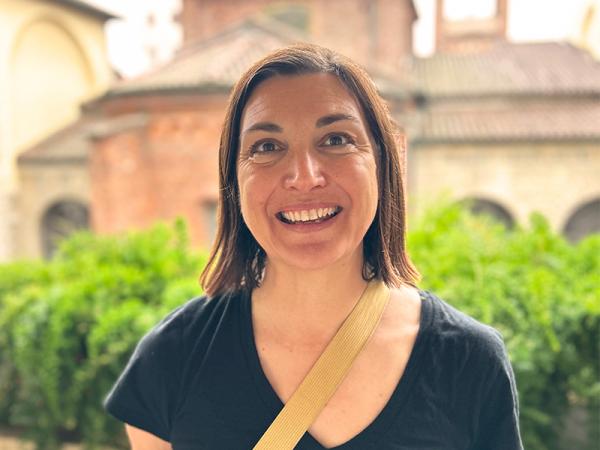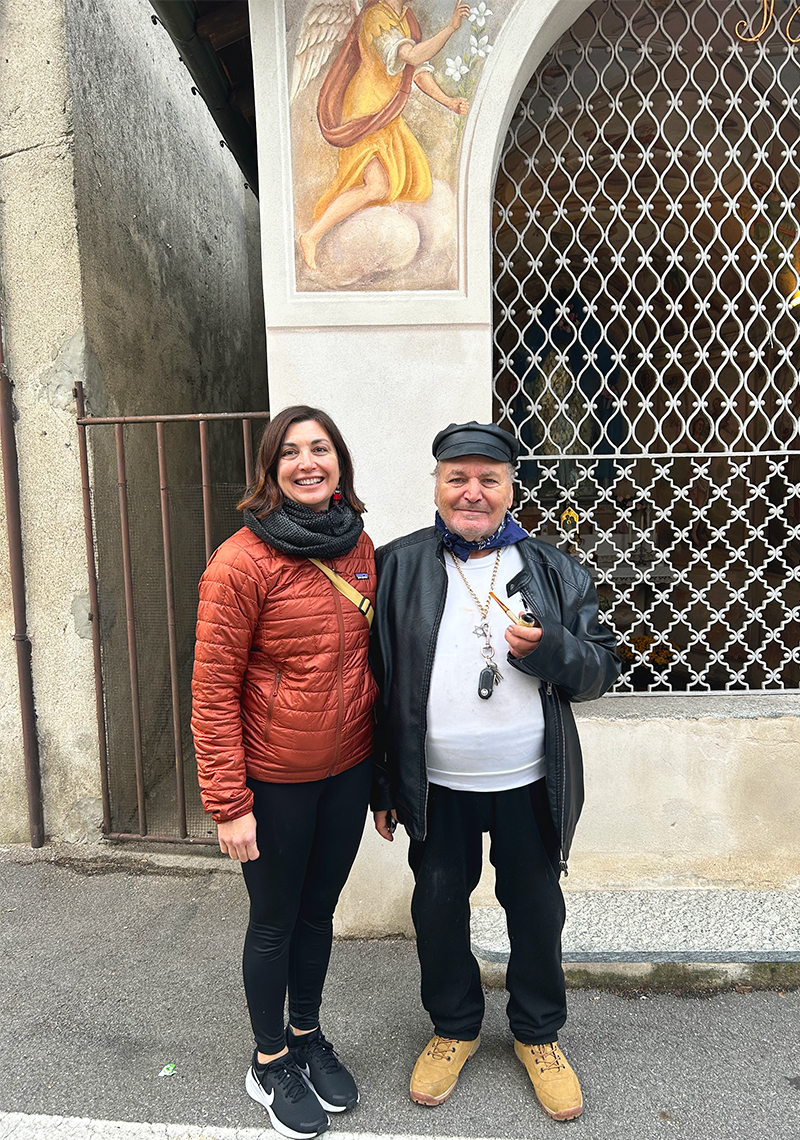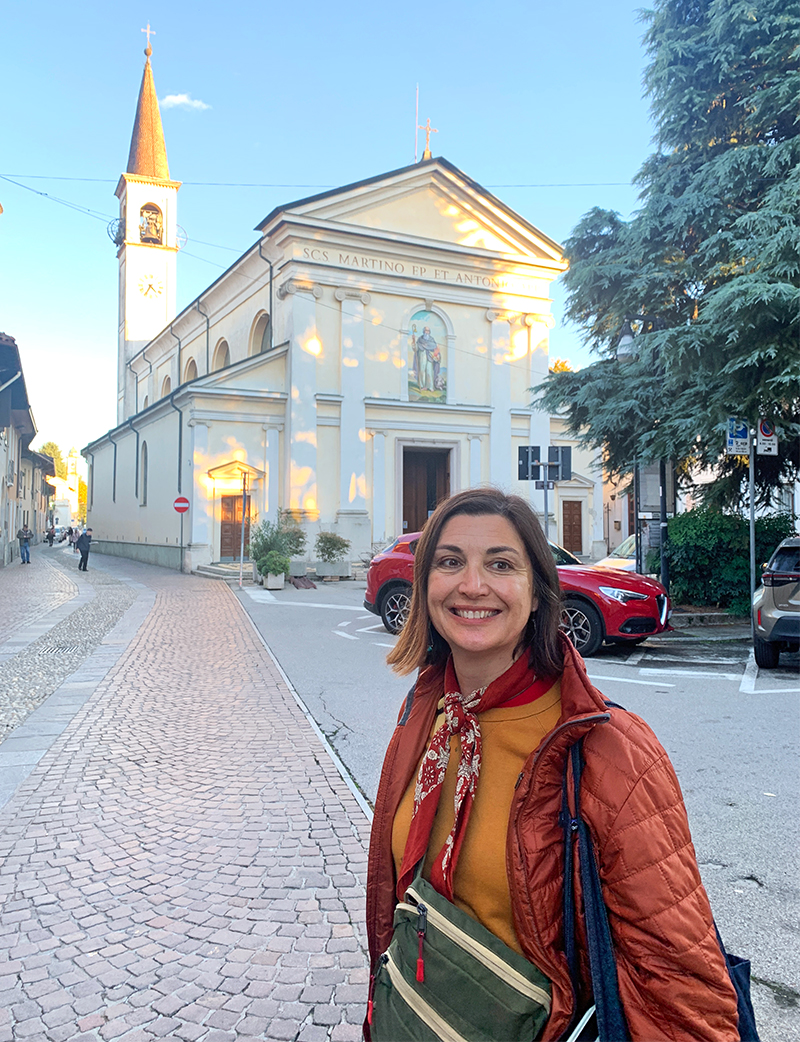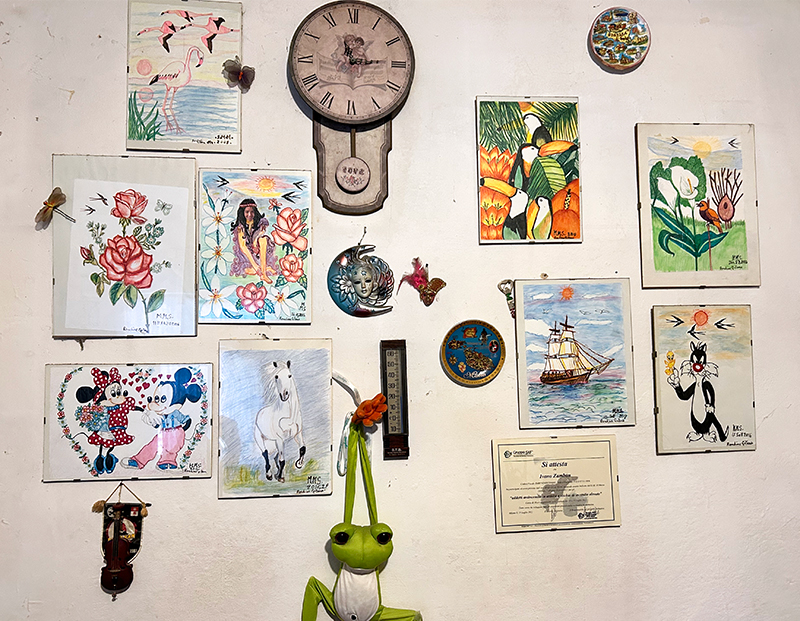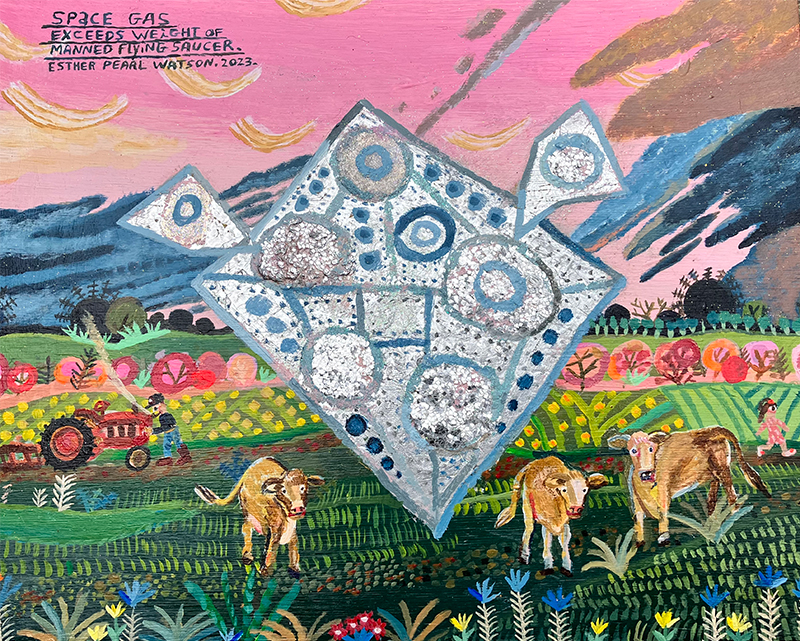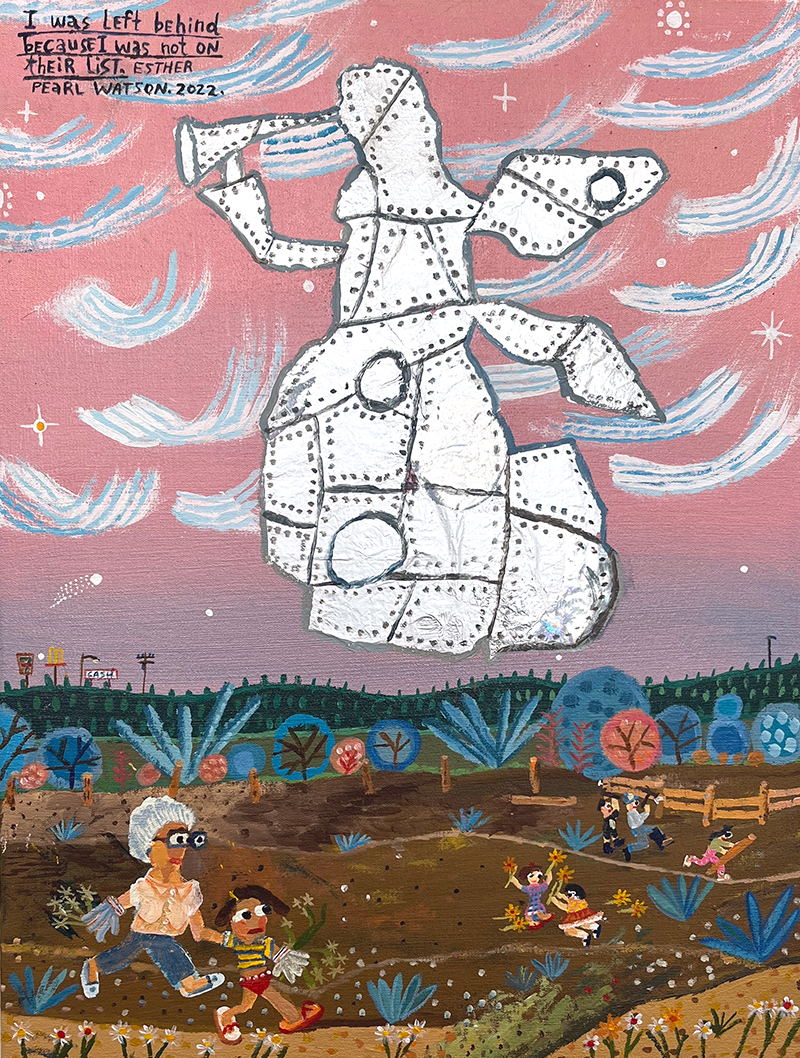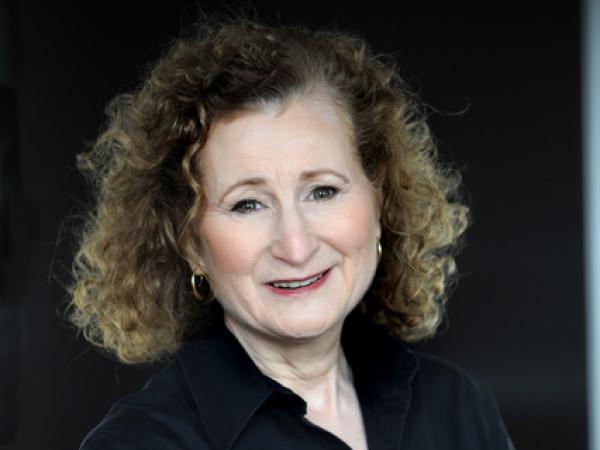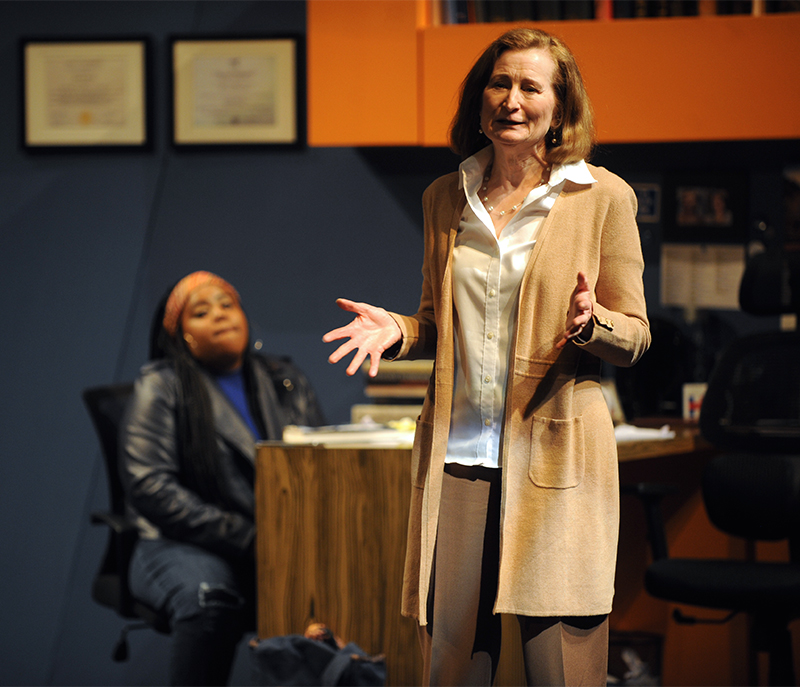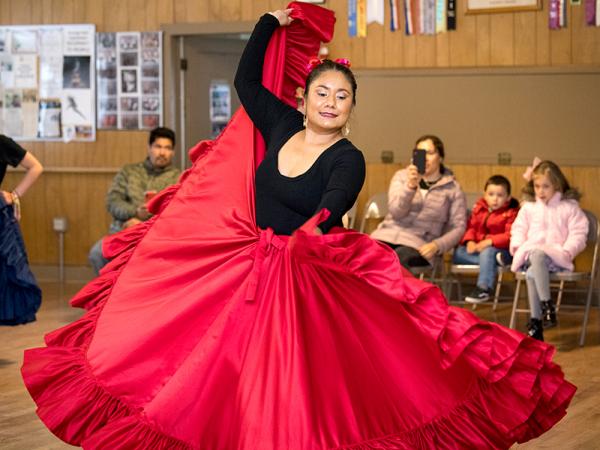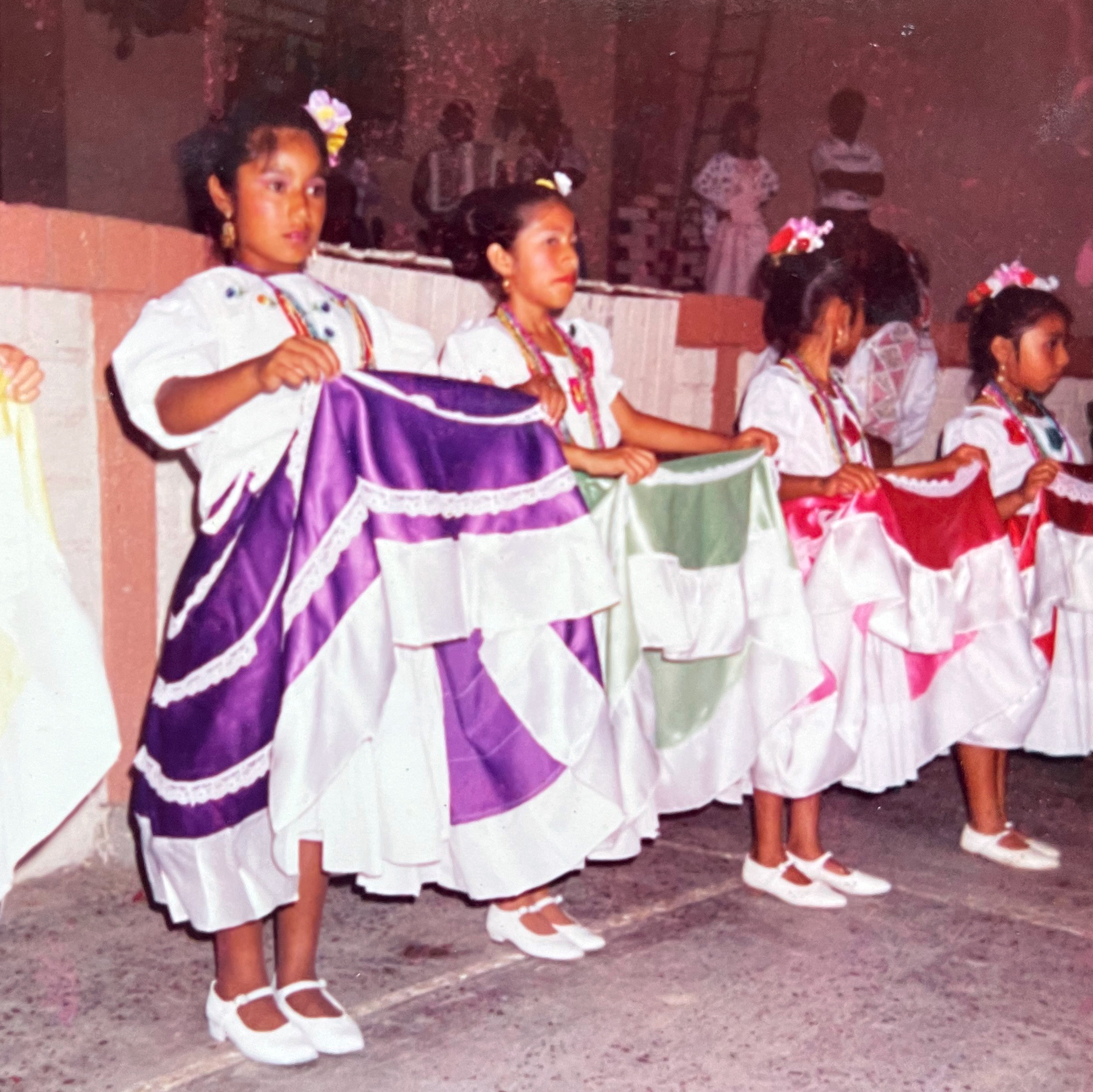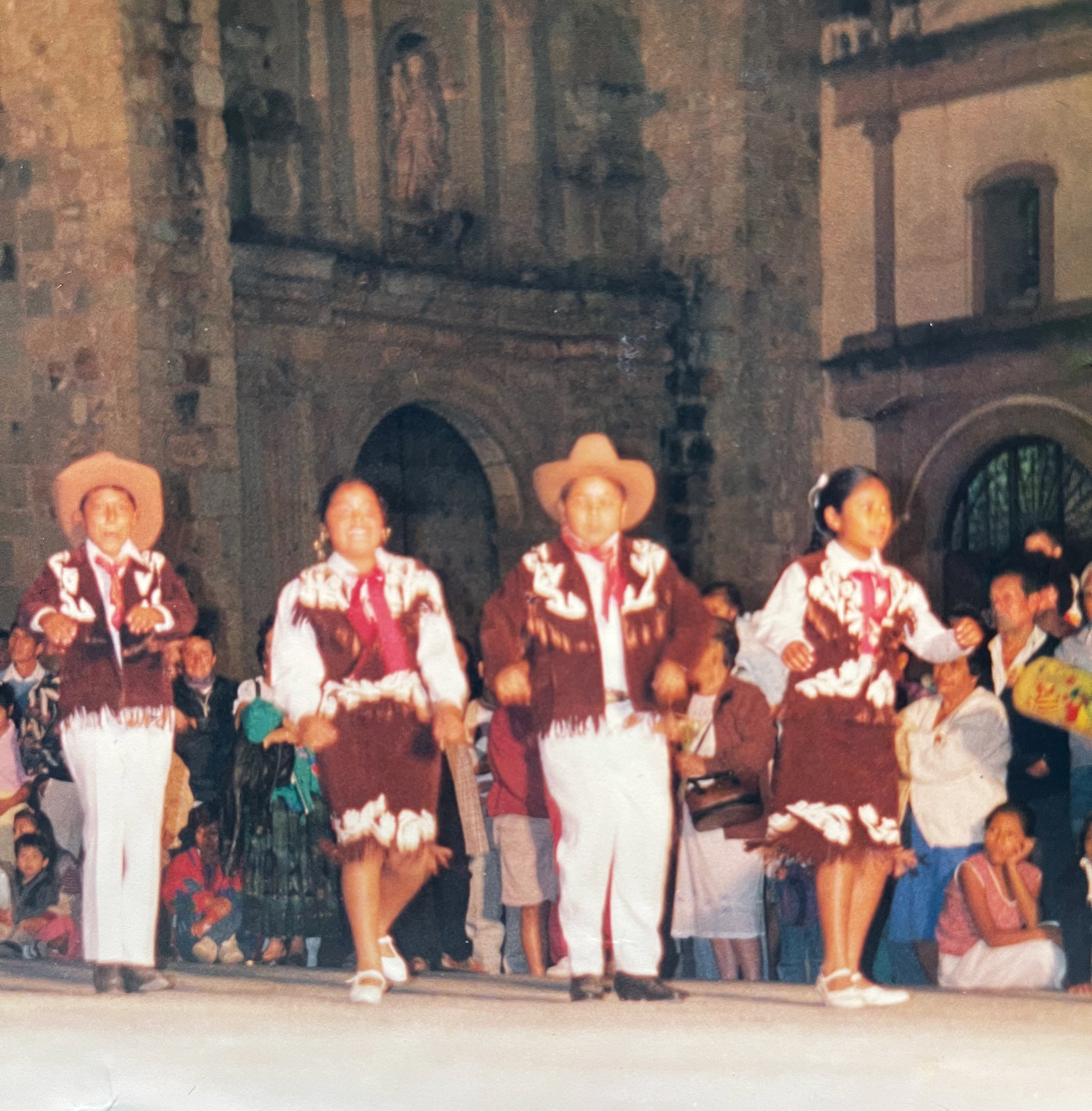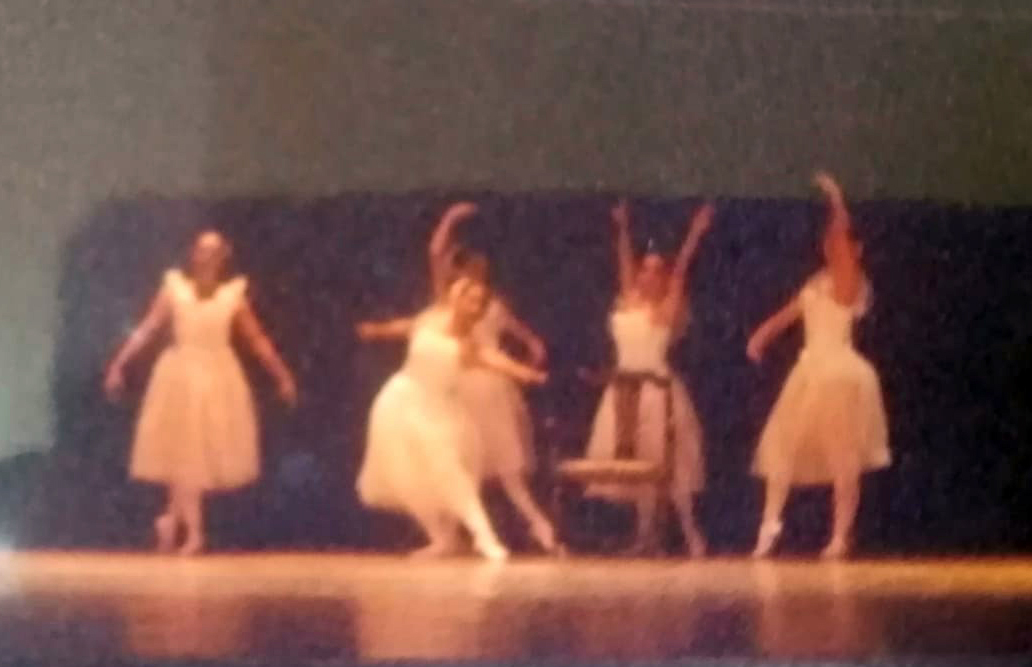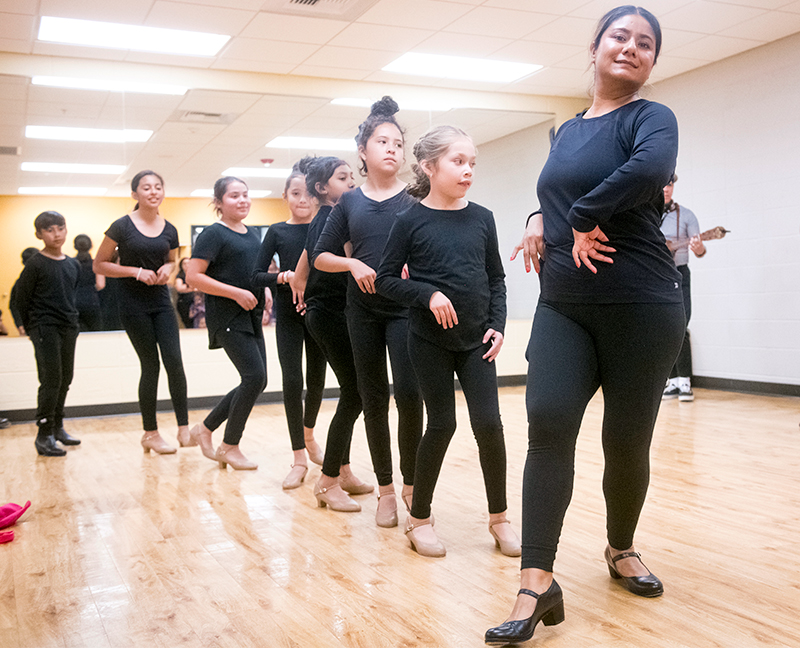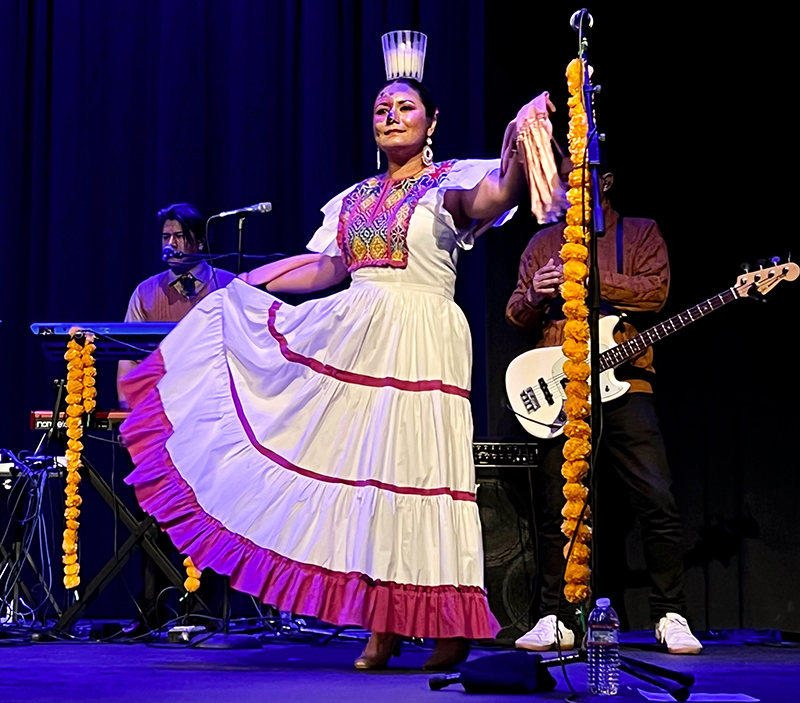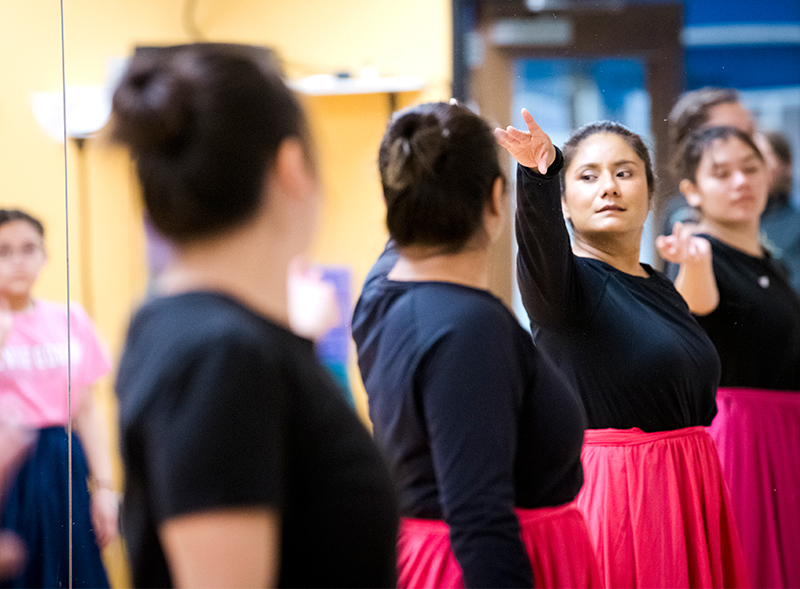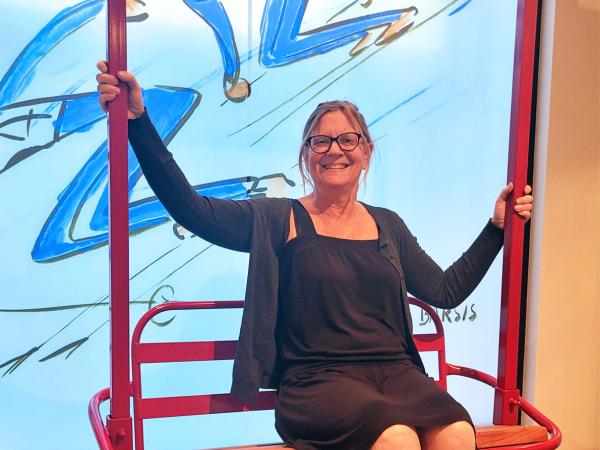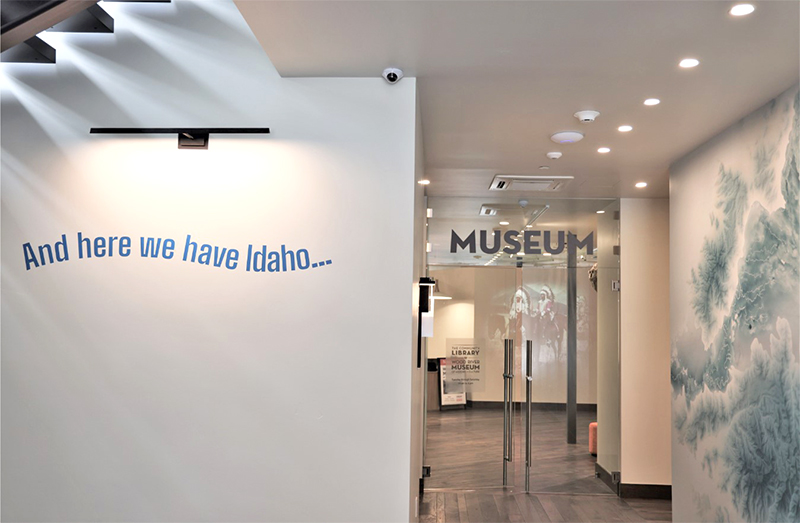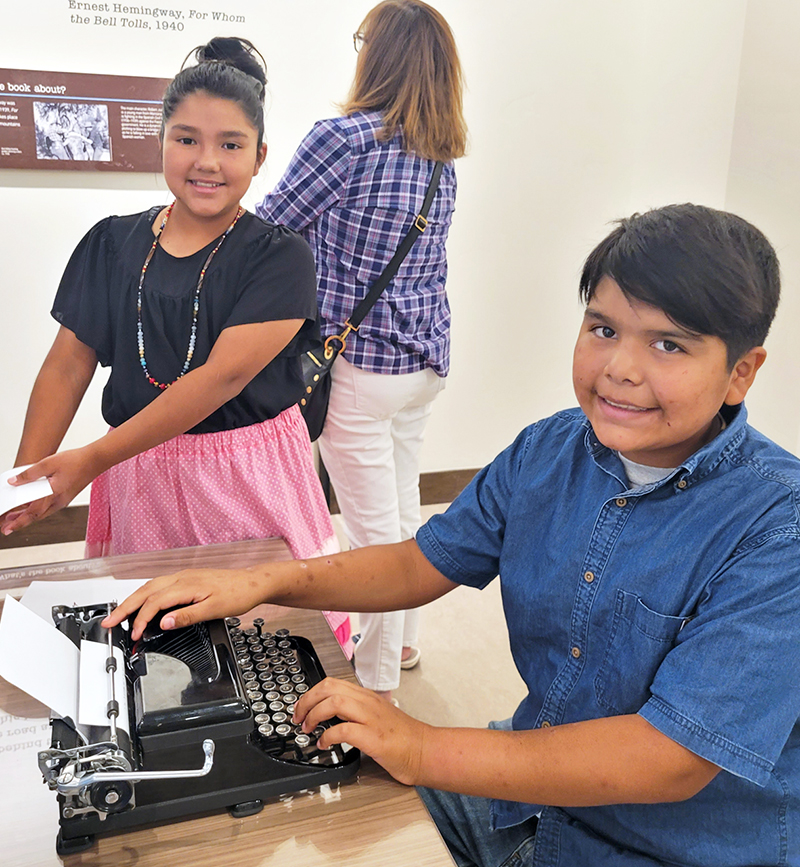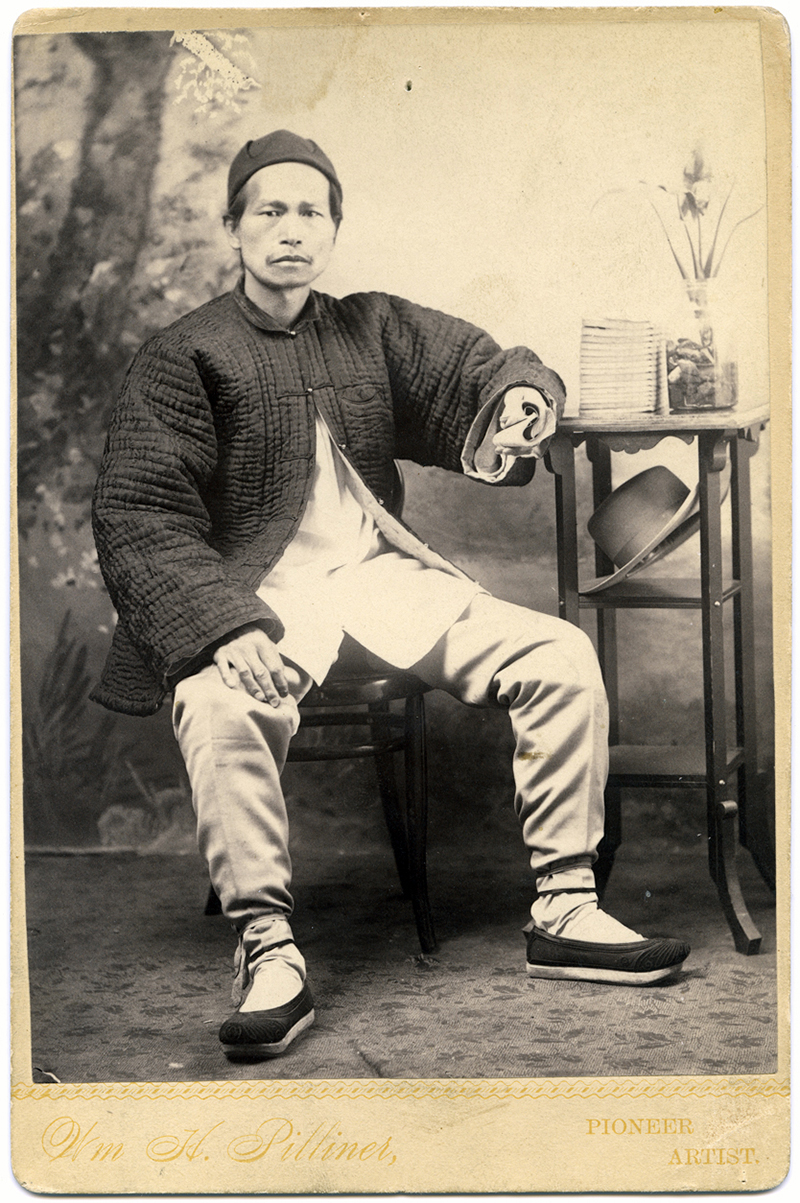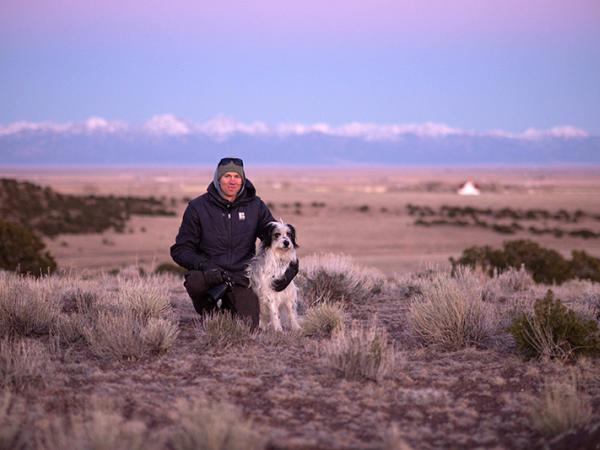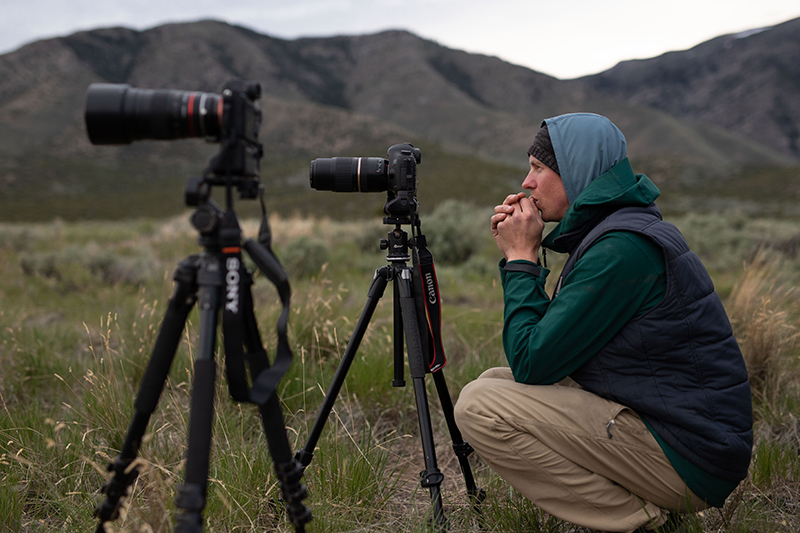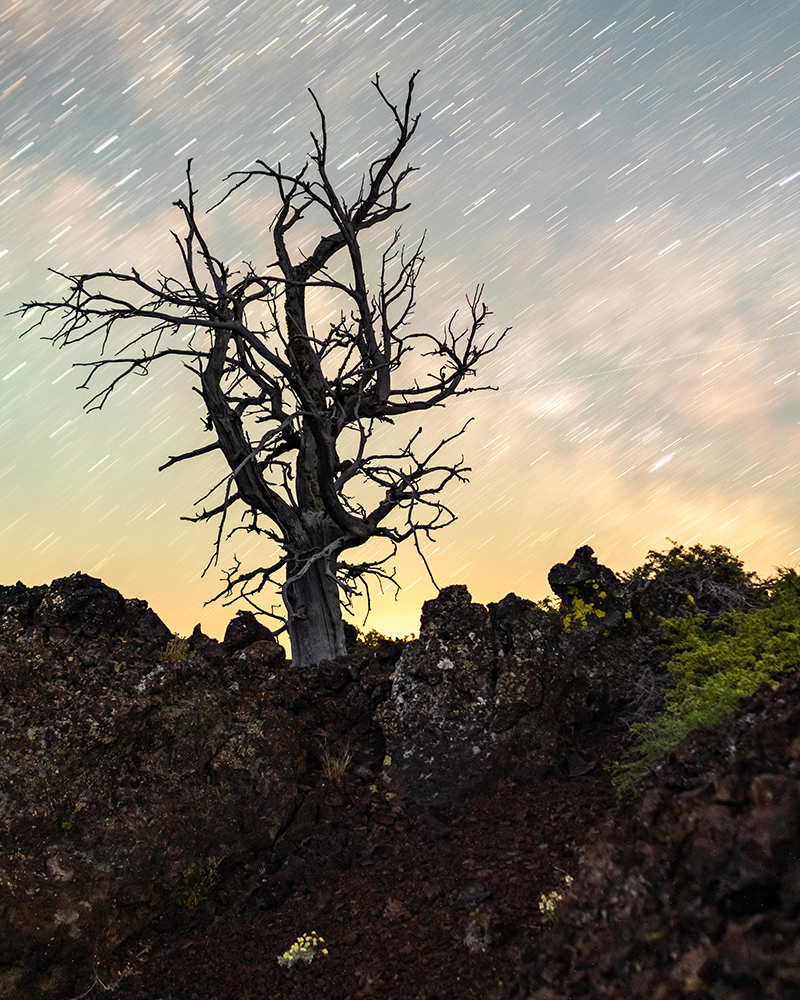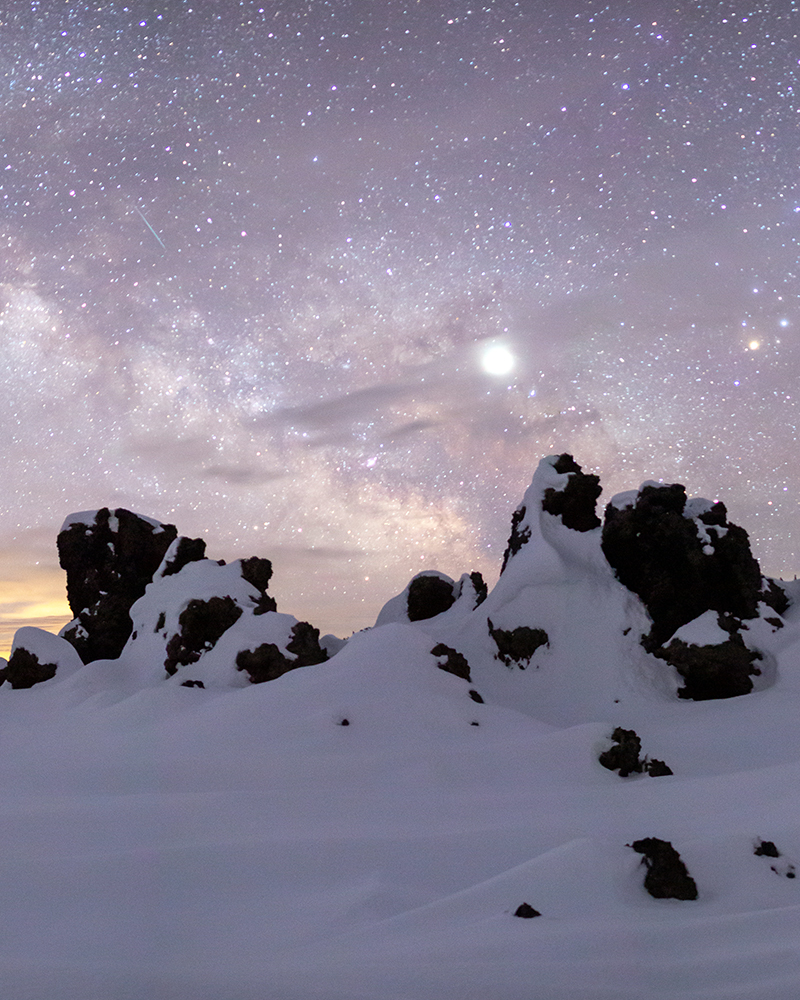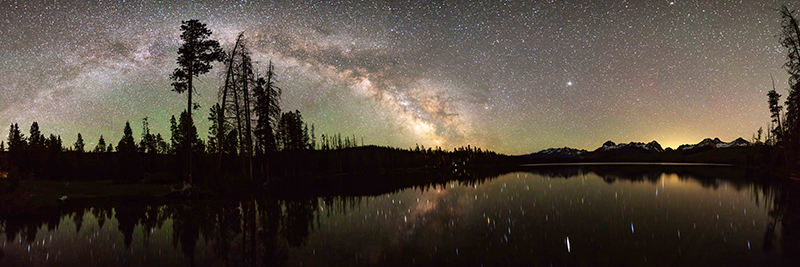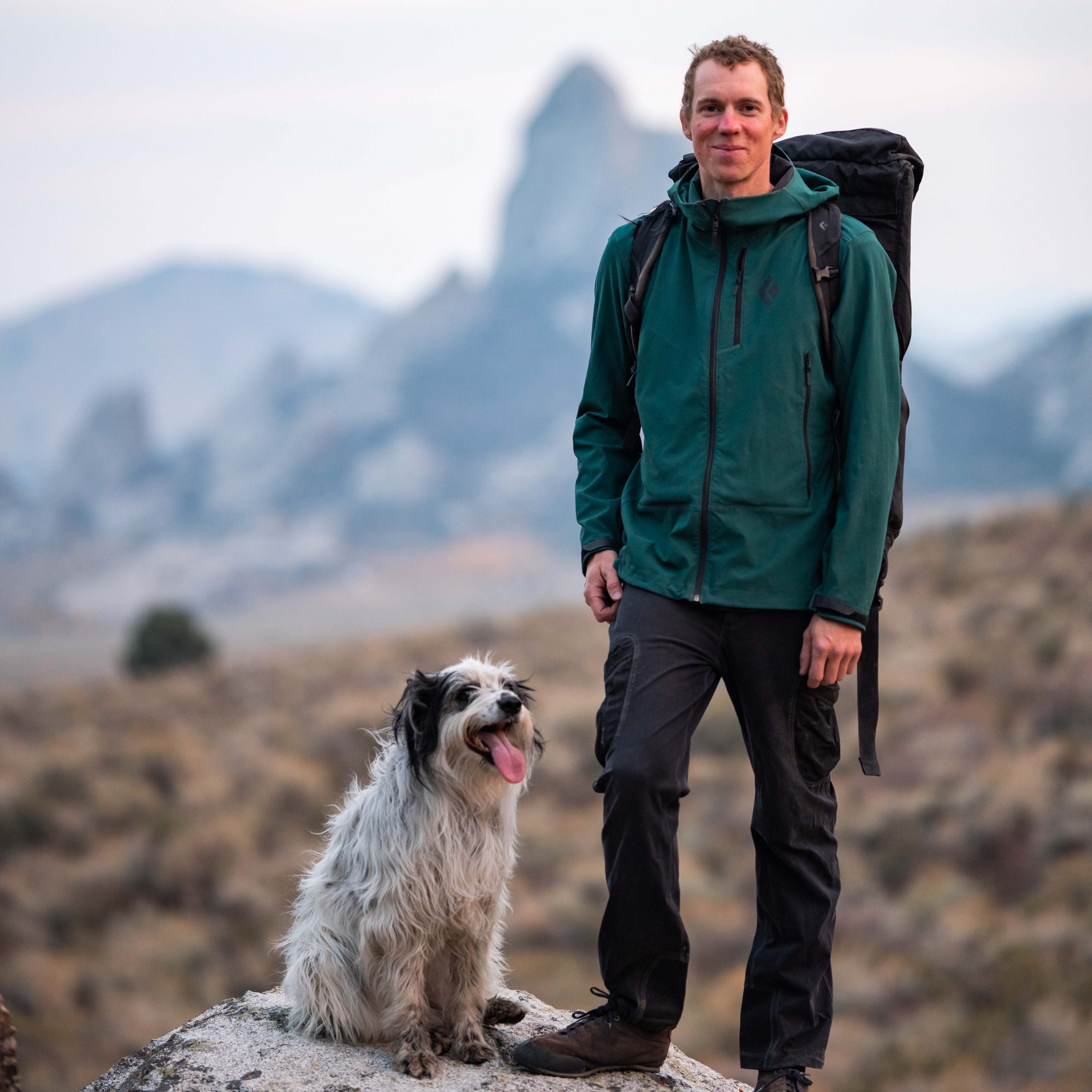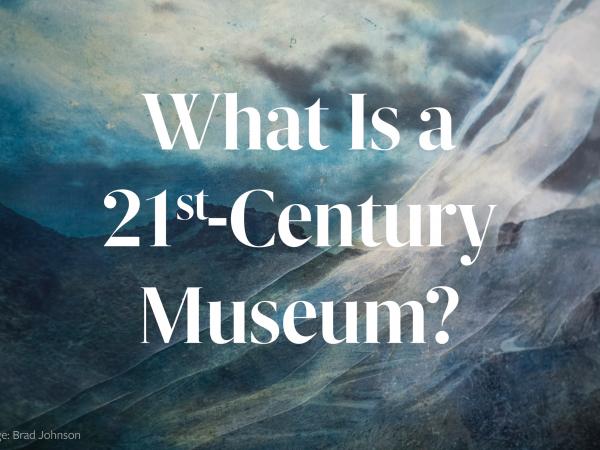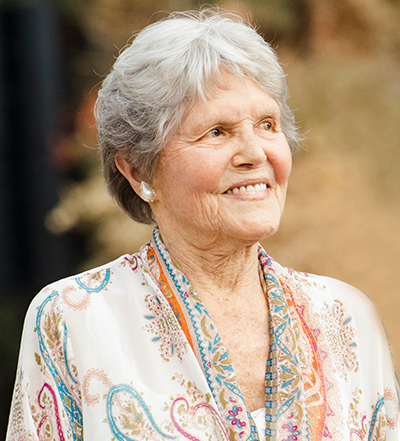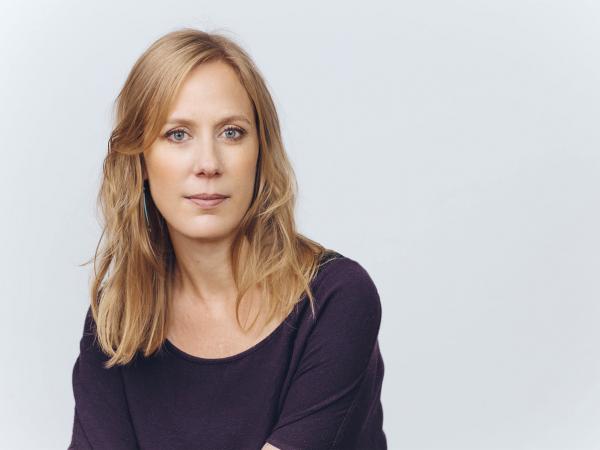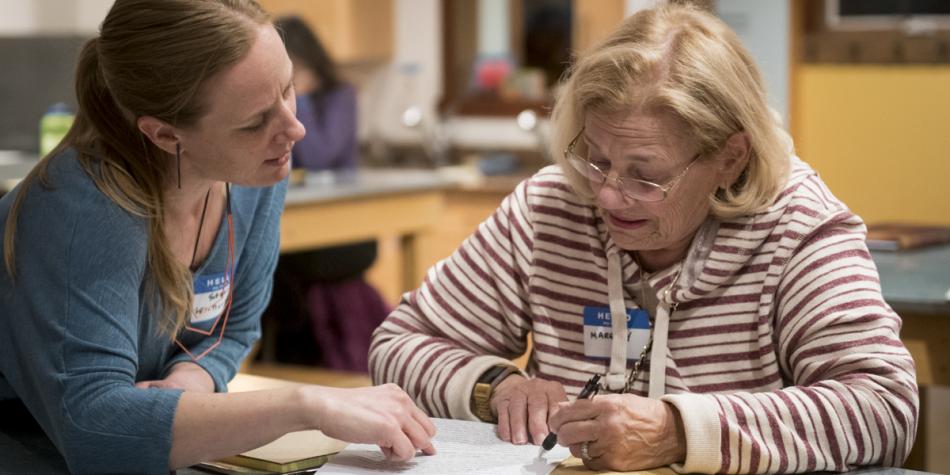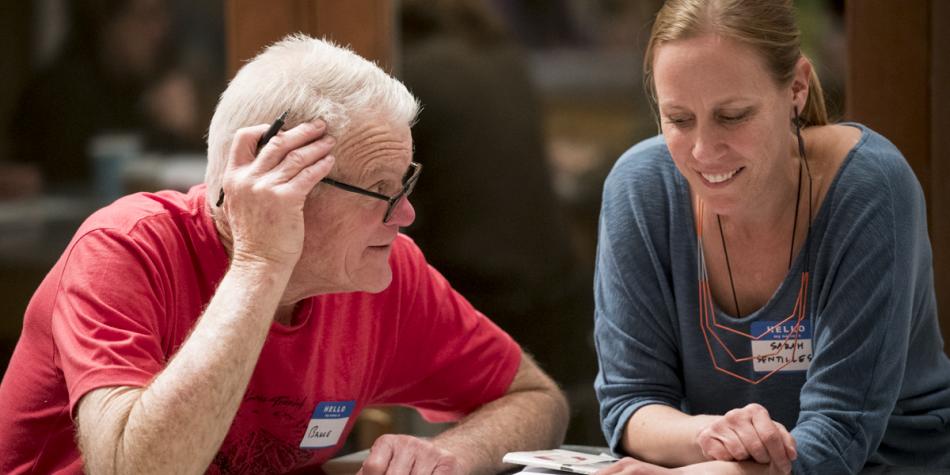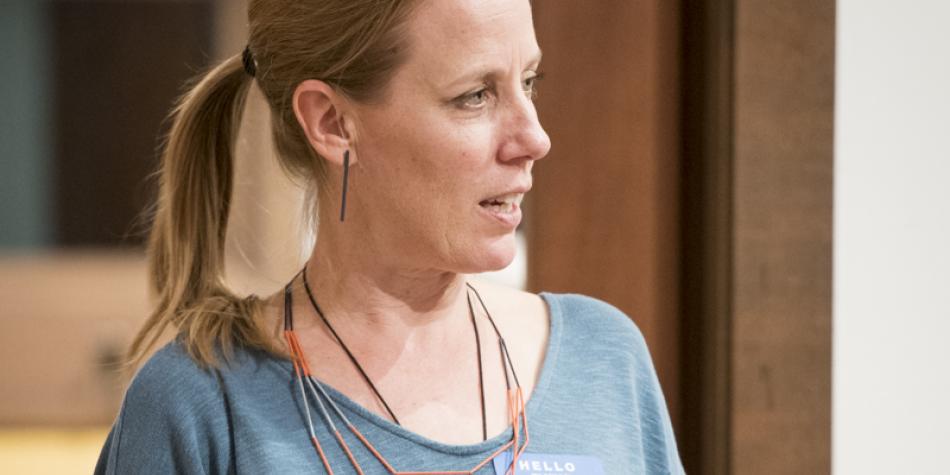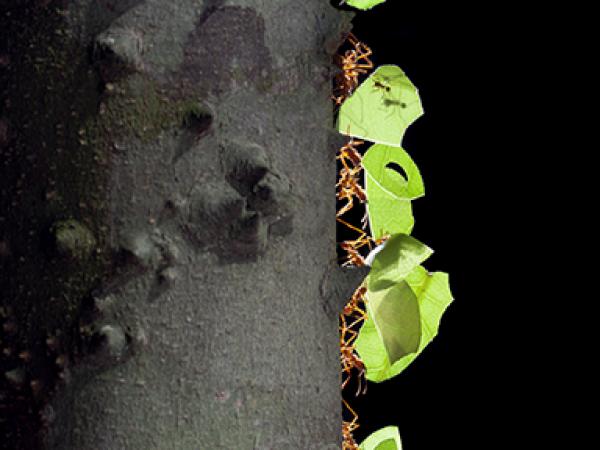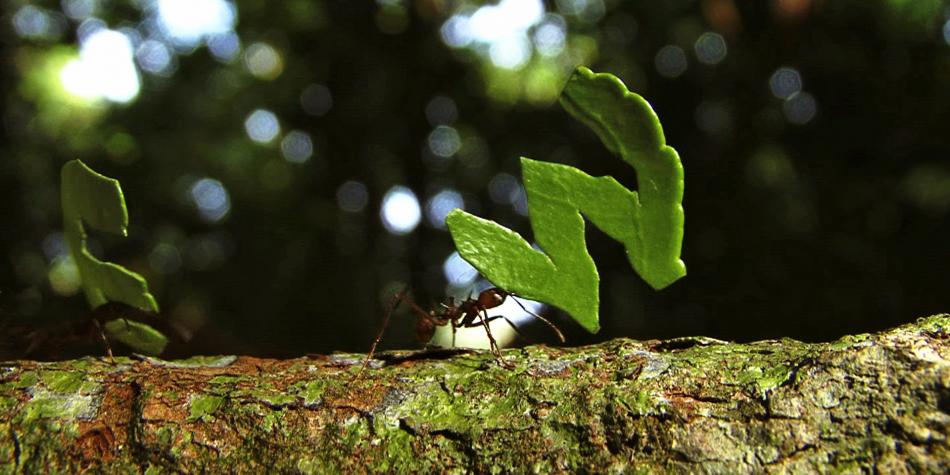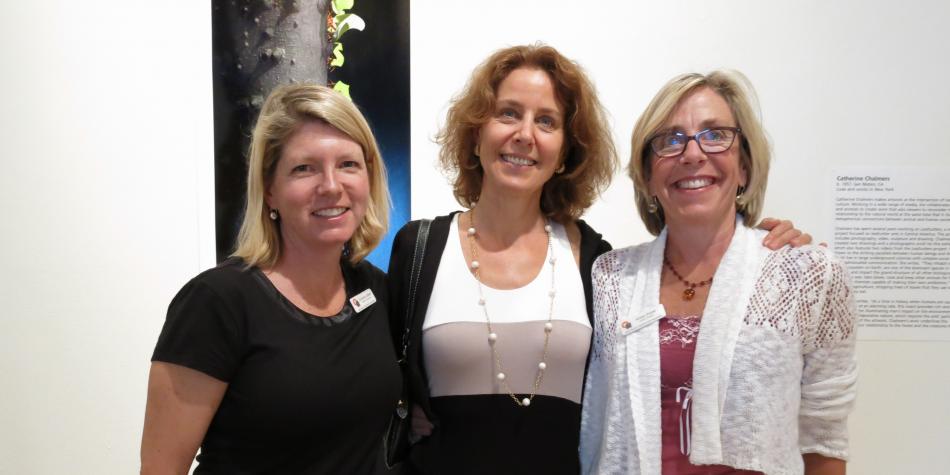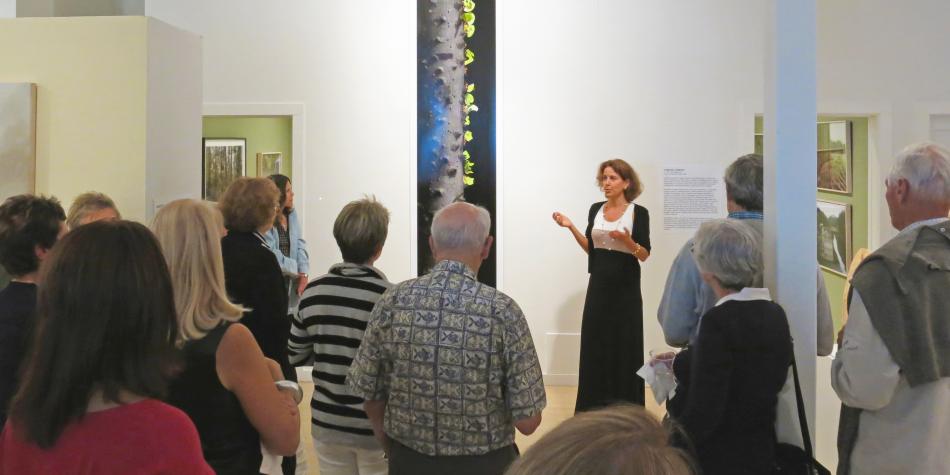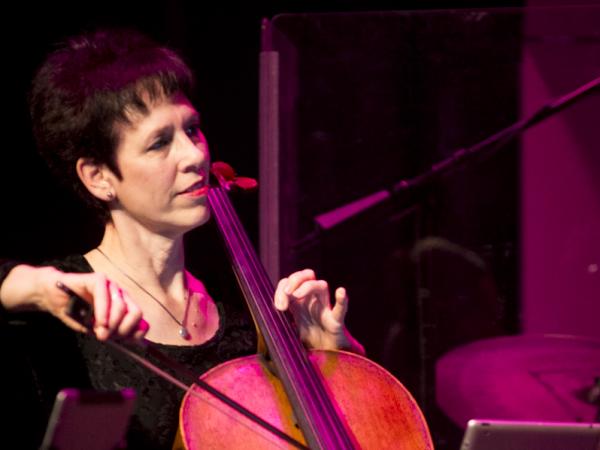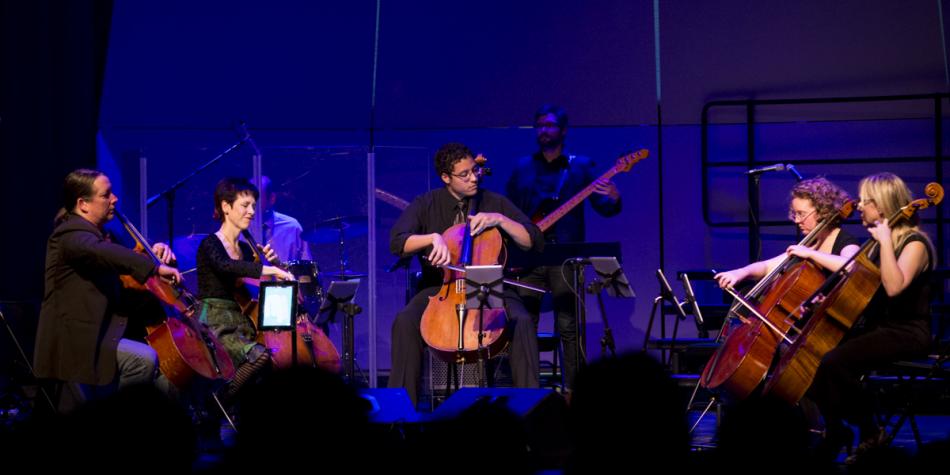SVMoA Staff: Seasonal Favorites in the Wood River Valley
Ava Scanlan (Communications & PR Manager)
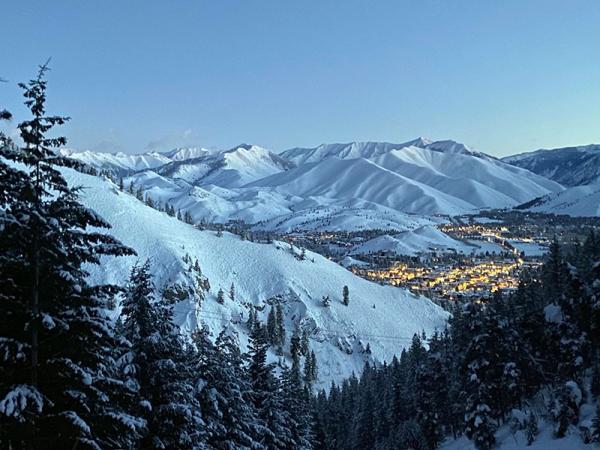
As the holidays approach, we can’t help but reflect on the things that bring us joy. We recently surveyed SVMoA Staff about what is special to them during this time of year in the Wood River Valley. It shouldn’t be a surprise that Galena Lodge dominates the list!
In the spirit of gratitude, we are sharing a curated list of SVMoA staff’s “Favorite Things.” These are things that make our hearts swell, our minds expand, our legs journey, and sometimes even our bellies full. We hope you find inspiration, delight, and maybe a new favorite or two!
Kristine Bretall, Director of Public Programs
Eggnog at Galena Lodge in December! Galena is truly magical all year, but during December, it really gets me into the holiday spirit. Not only do they cook up incredible food, but their eggnog is also spectacular. A ski or snowshoe beforehand, if you’re me, is completely optional. After the New Year, the eggnog drops off the menu, so get there soon.
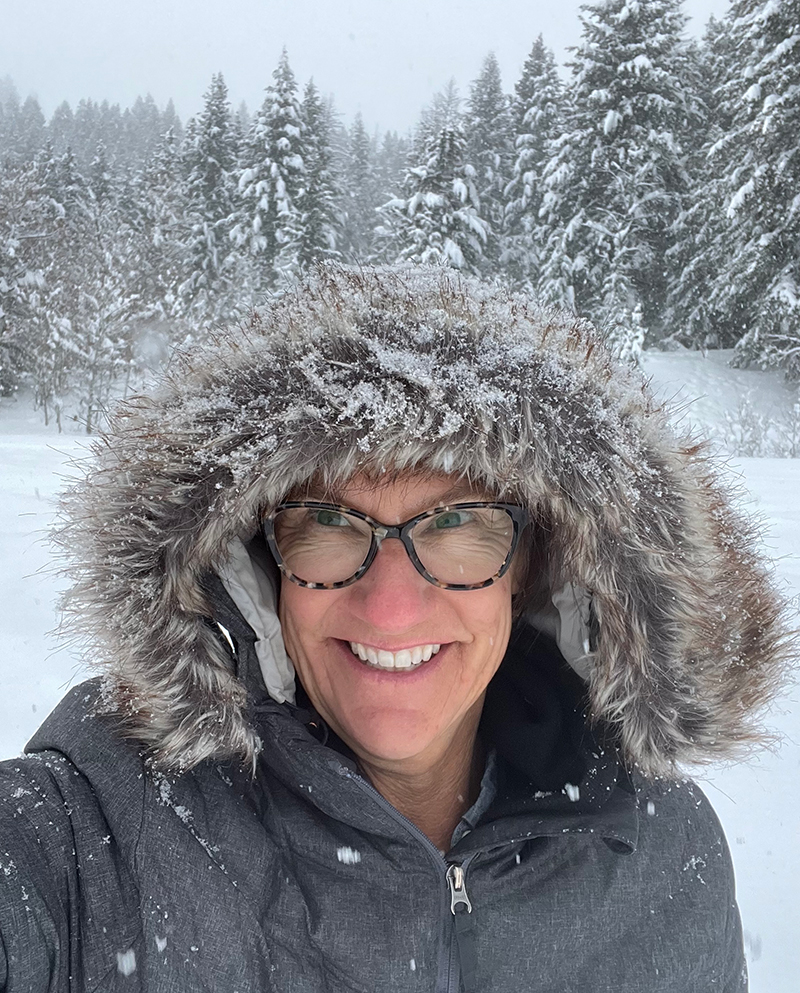
Daniel Deluca, Manager of Operations
Croney Cove European Market is a lovely 7-mile drive out Warm Springs Road to put you in the holiday spirit. It embodies the old European holiday market traditions. A sheepdog, a fire, a glass of wine, and coffee greeted me last Saturday when I arrived. It’s a great place for unique holiday shopping. It’s only open on select weekends, and it is scheduled to be open this coming weekend, Saturday, November 25 & Sunday, November 26.
Located at 1033 W. Warm Springs. Just before Frenchman’s Bend Hot Springs.
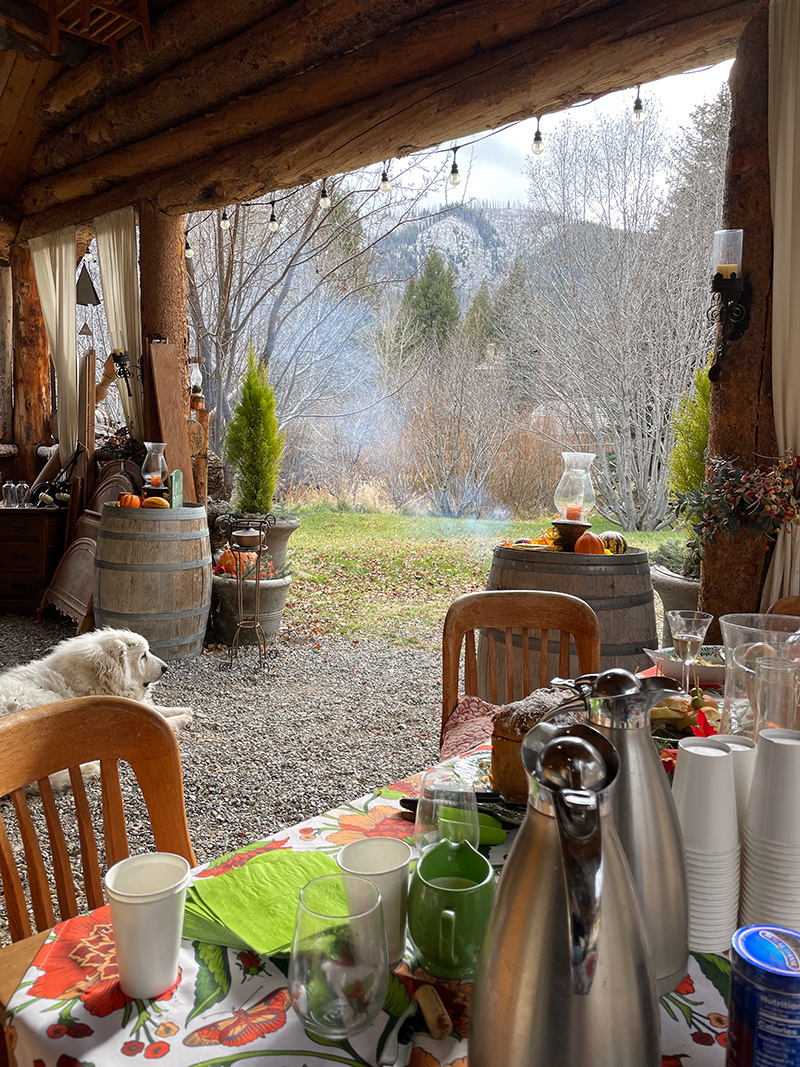
Courtney Gilbert, Curator
In winters when we have lots of snow, I love driving over to Craters of the Moon National Monument for a Nordic ski. The staff at Craters groom the entire Loop Road — about 11 km/7 mi — for both skating and classic skiing. Skiers and snowshoers can access it for free! The contrast between the white snow and black lava makes for a spectacular and otherworldly landscape. Be sure to check the wind speeds before you head over — they can create an added challenge!
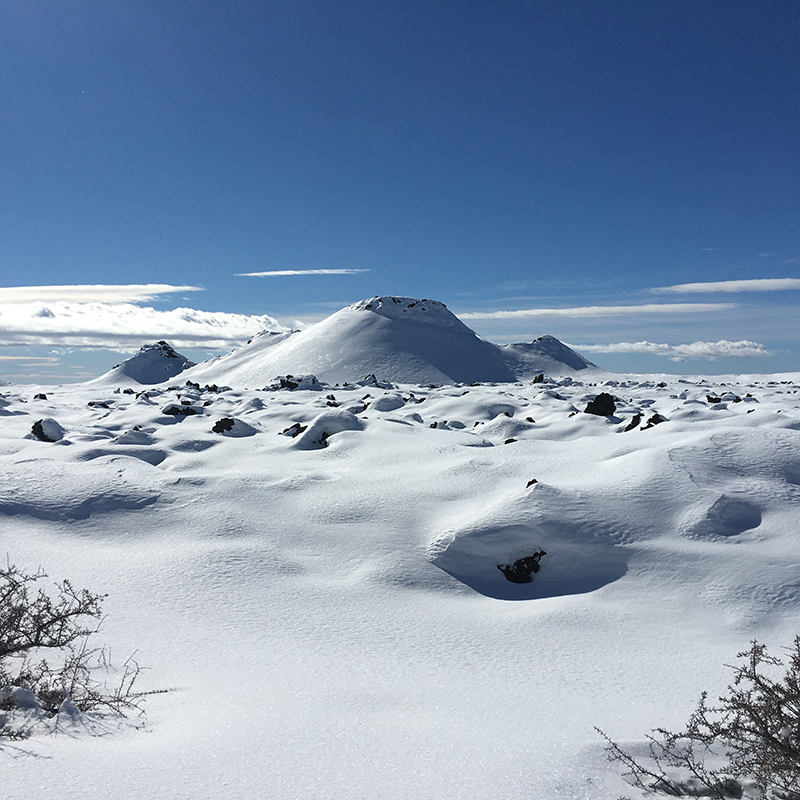
Jennifer Wells Green, Executive Director
Last year was our first Sun Valley Christmas, and one of the highlights was the Christmas Eve Torchlight Parade down Dollar Mountain (fireworks too)! We will be back this year outside the Lodge with hot drinks in hand.
Sun Valley Resort Christmas Eve Torchlight Parade & Fireworks
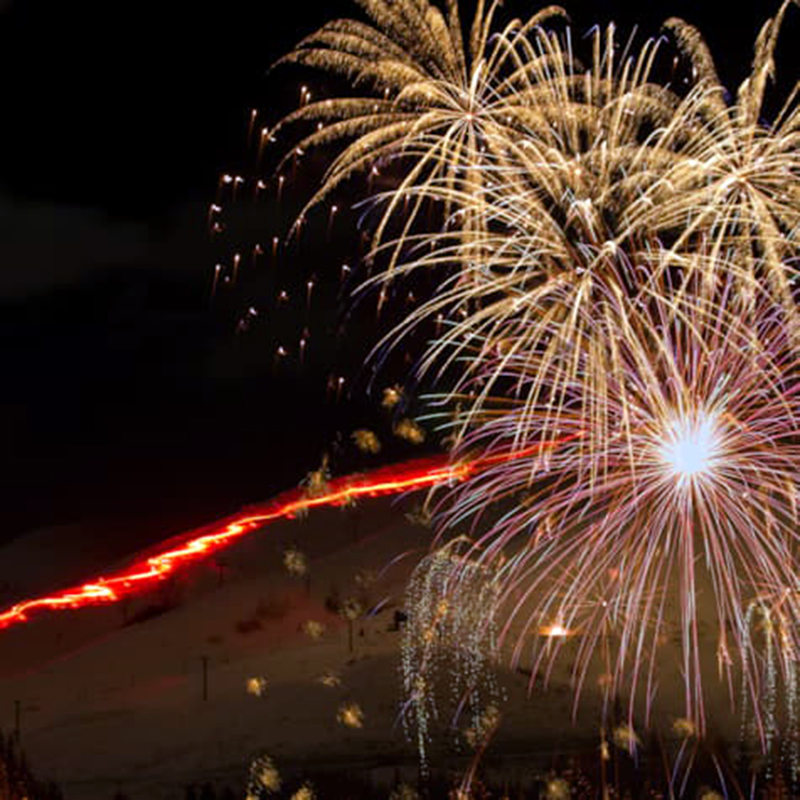
Sue Heaphy, Finance Director
The Heaphy Family Annual Christmas Tree Finding Day. We know it’s the holidays when we head out to find our Christmas Tree as a family, with my husband and three kids. It is an annual event that started when my children were babies and continues today. It is a fun family day of skiing, snowshoeing and of course a snowball fight or two that includes lots of fun and laughter. I love being in the mountains with my family.
Sawtooth National Forest Christmas Tree Permit Info
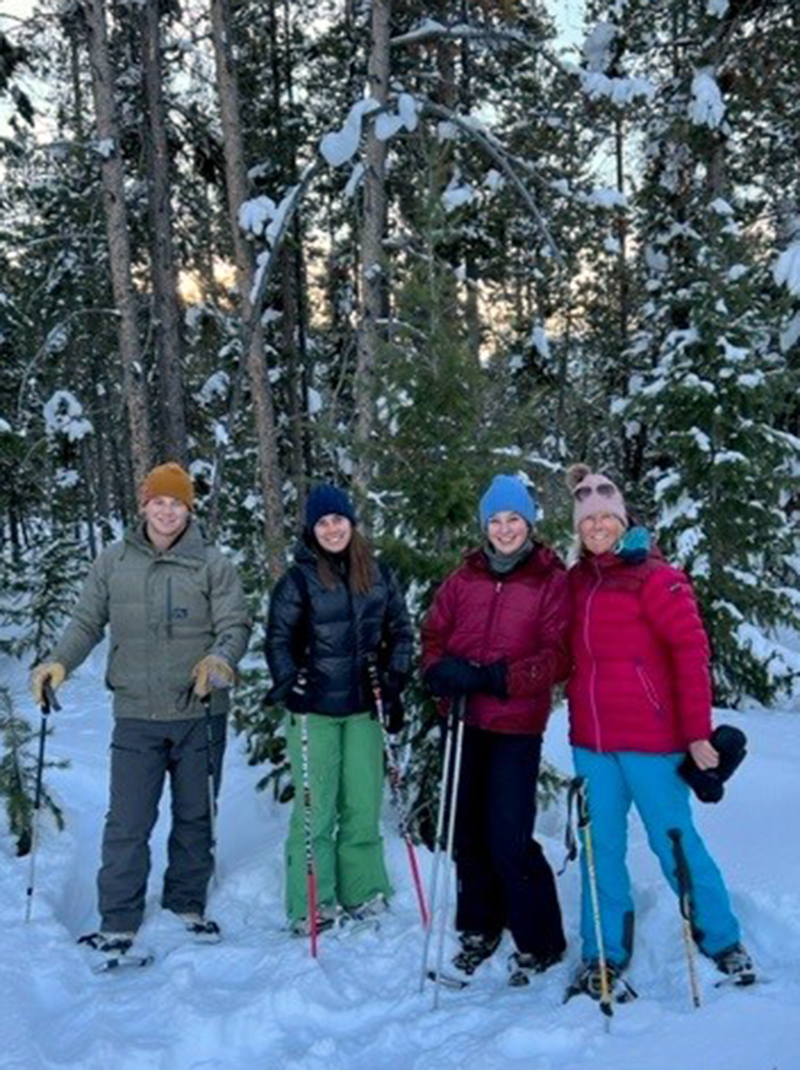
Elizabeth Herrick, Director of Advancement
Trekking Up Baldy. It finally feels like winter to me when I can start or end my day by skinning up Baldy. There is something magical—especially during the busy holiday season, about starting out in the dark morning hours and watching the sun crest over the ridge line to light up our town, or climbing up as all the lights come on below and town is aglow. I always go with friends and pack hot coffee or refreshments to share at the top, and nothing beats the ski down after earning every turn.
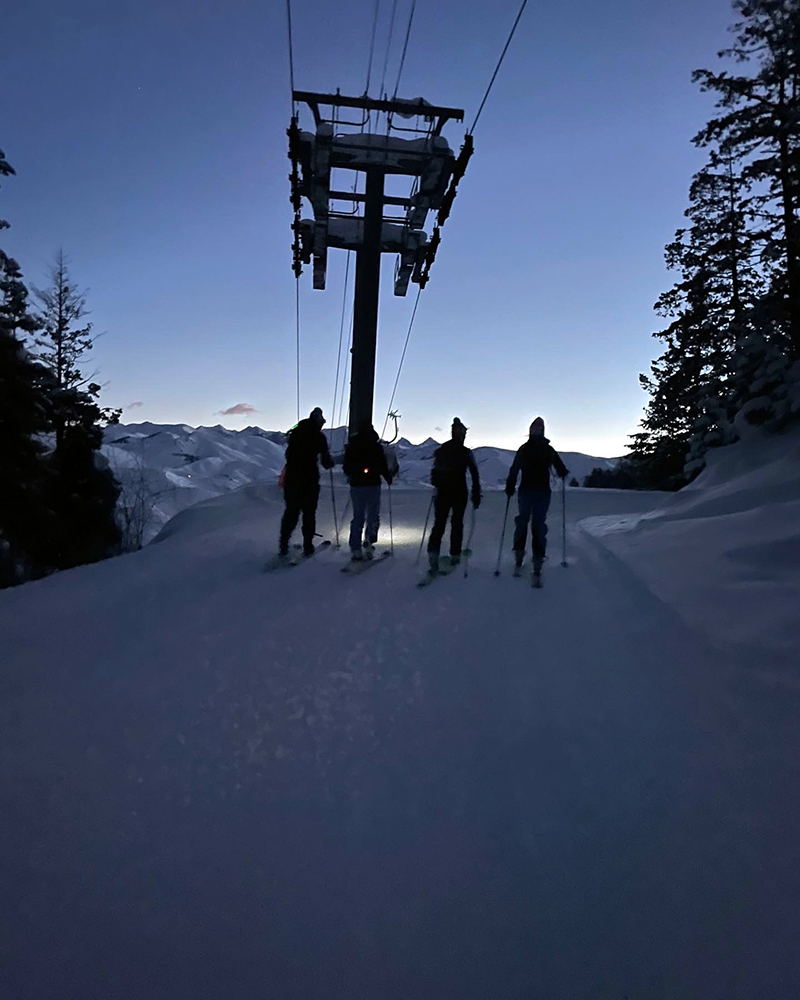
Michelle DeLateur, Visitor Services Assistant
Playing "A Charlie Brown Christmas" album by Vince Guaraldi Trio, particularly on vinyl, is what kicks off the season for me!
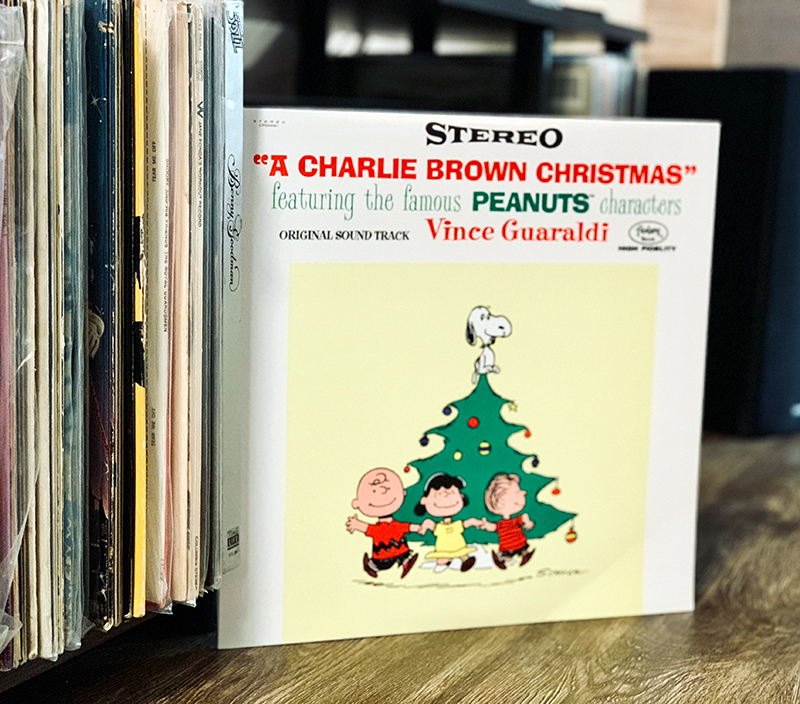
Sophie Sawyers, Director of Learning and Engagement
I like to get out the snowshoes and go for long walks in untouched snow or packed trails. Crunching fresh snow with friends and family always makes me laugh and appreciate being outside. Bonus fun when the afternoon ends with a hot chocolate at Galena Lodge!
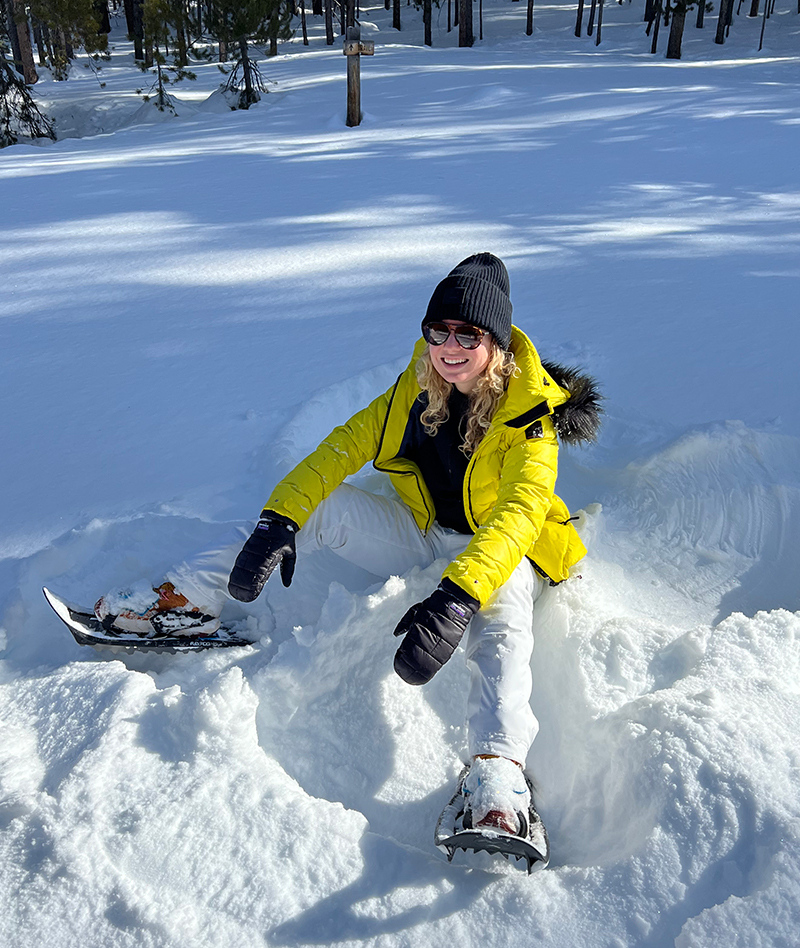
Ava Scanlan, Public Relations and Communications Manager
The Boulder Mountain Clayworks Holiday Sale! Boulder Mountain Clayworks is a gem of a community space, hosting some of the valley's most talented and sometimes most secret makers. Every year they host a holiday sale where the makers of the studio sell their wares to the public. Some of my most treasured pieces are from Boulder Mountain Clayworks, and it’s a great place to find unique gifts for family and friends. Mark your calendars: Saturday, December 9, 2023, 11am–4pm.
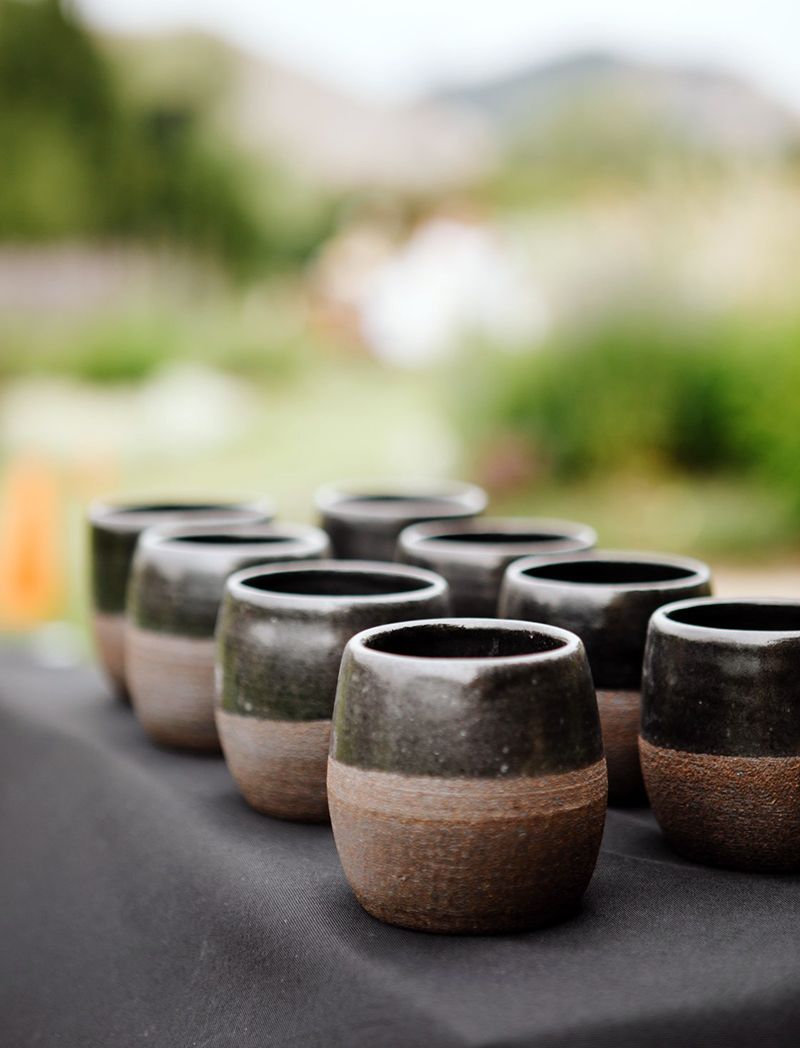
Rory Slattery, Development Associate
I love fondue! There are three great ways to enjoy fondue in the valley: while skiing, in the village, or in support of a great local non-profit. Fondue at the Roundhouse on Baldy is a memorable way to end a day of skiing on the mountain or visit the historic Ram Restaurant in the Sun Valley Village for fondue alongside European winter favorites. Sun Valley Culinary Institute hosts fondue nights throughout the winter, and they're a delicious way to support our community. SVCI classes sell out quickly—join their email list to hear about them early, they sell out fast!

